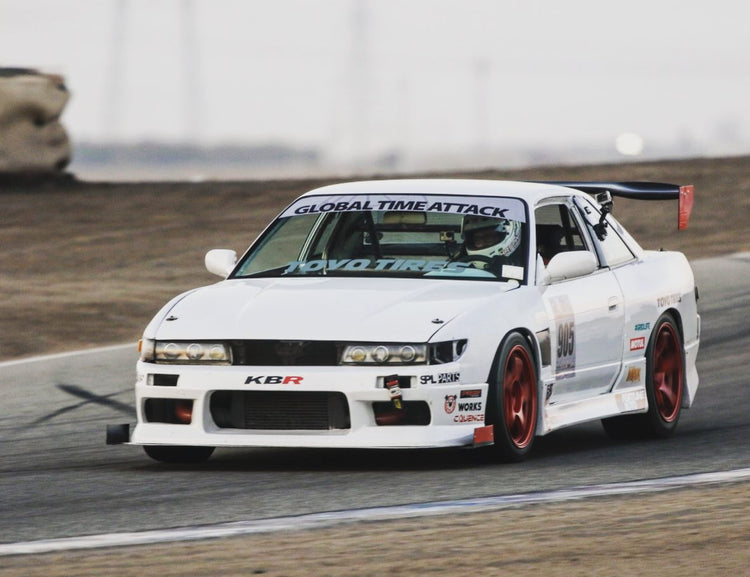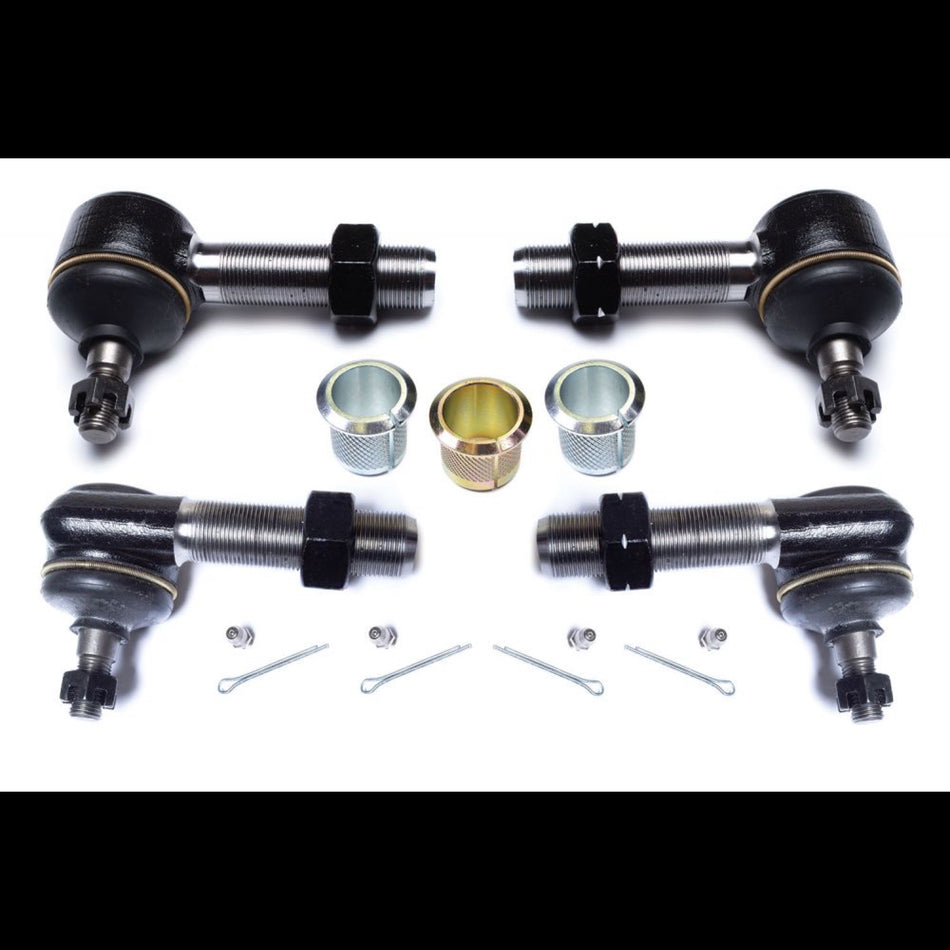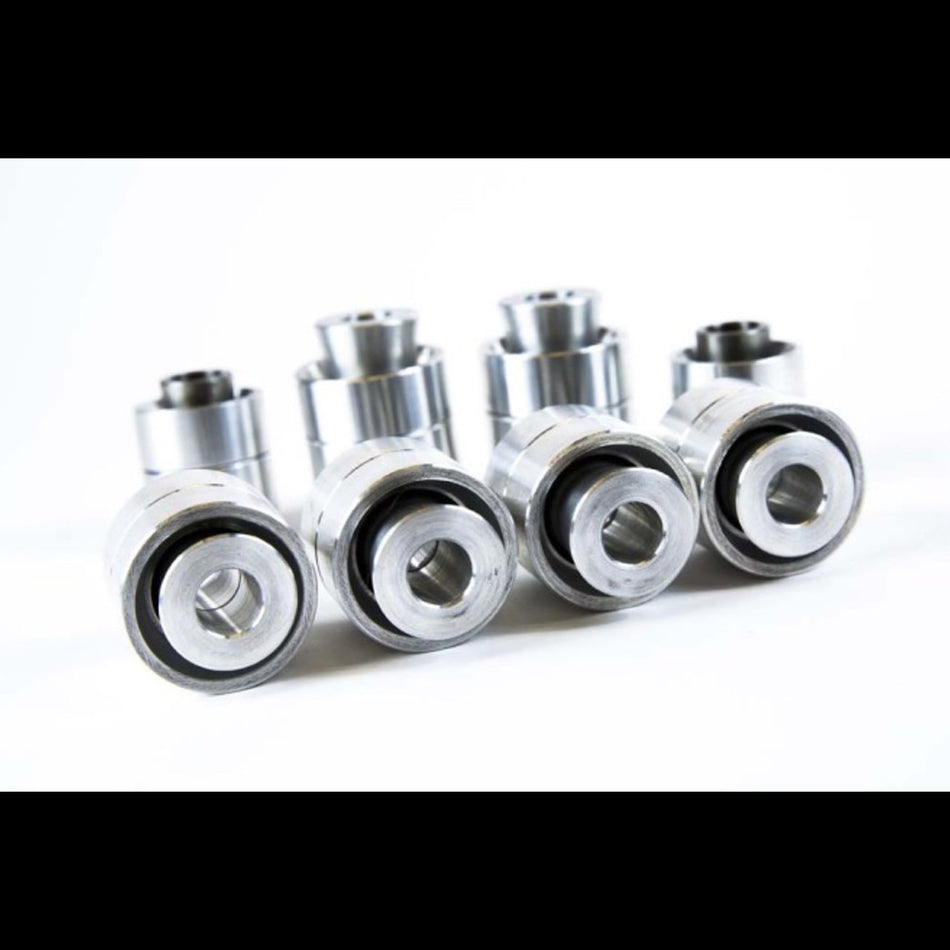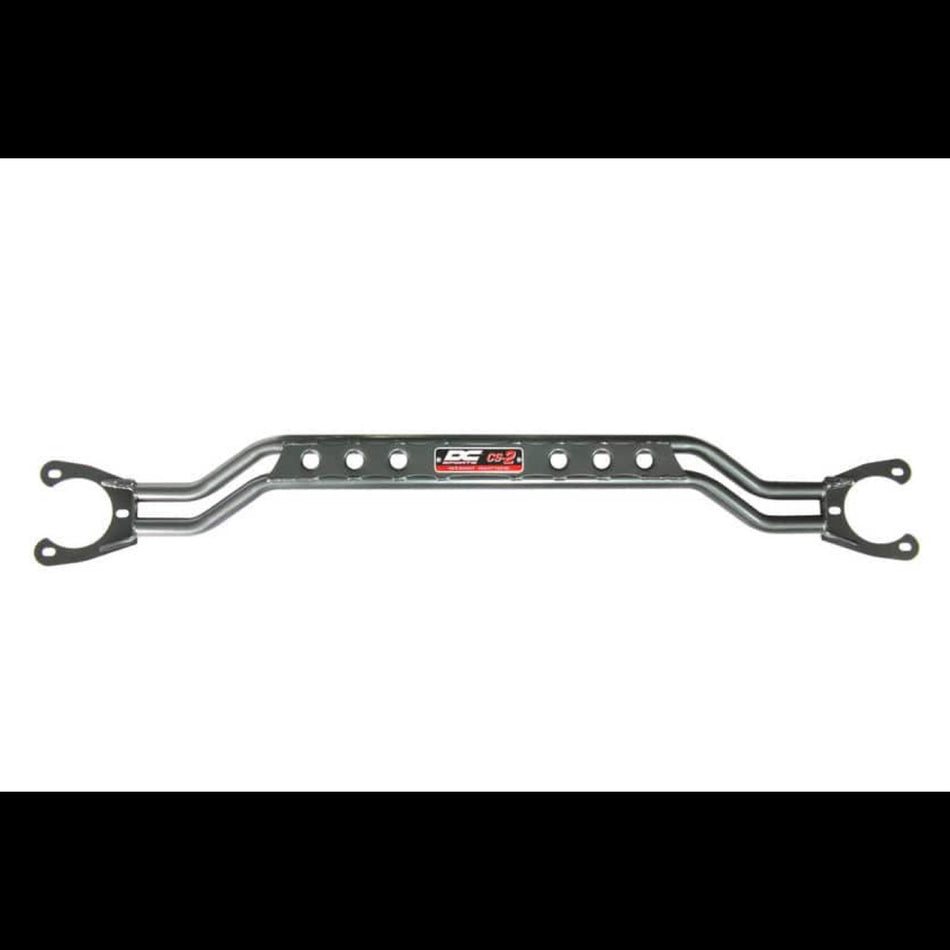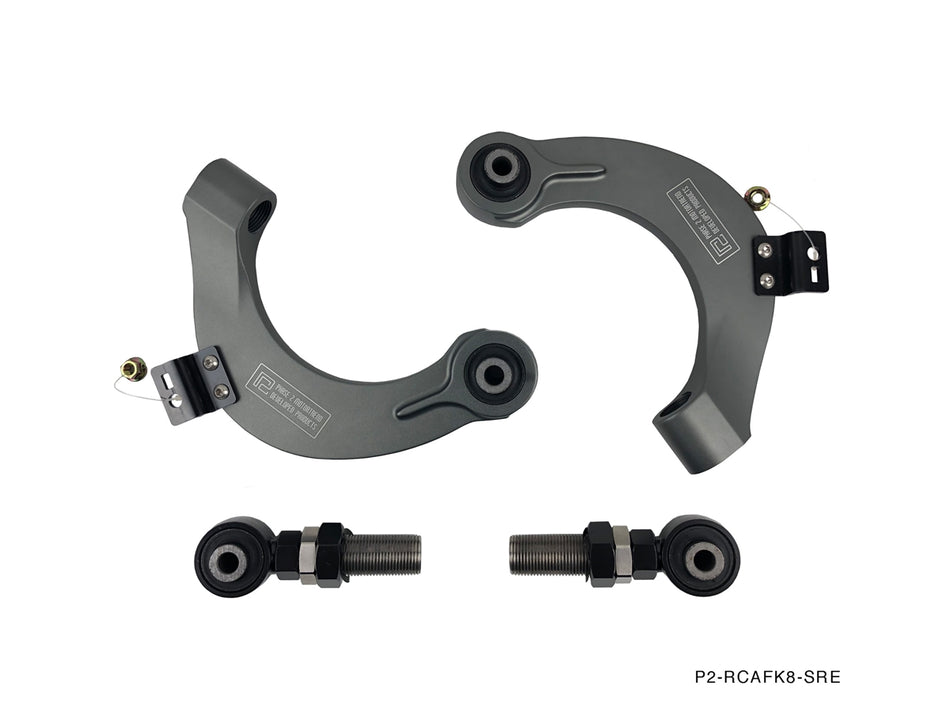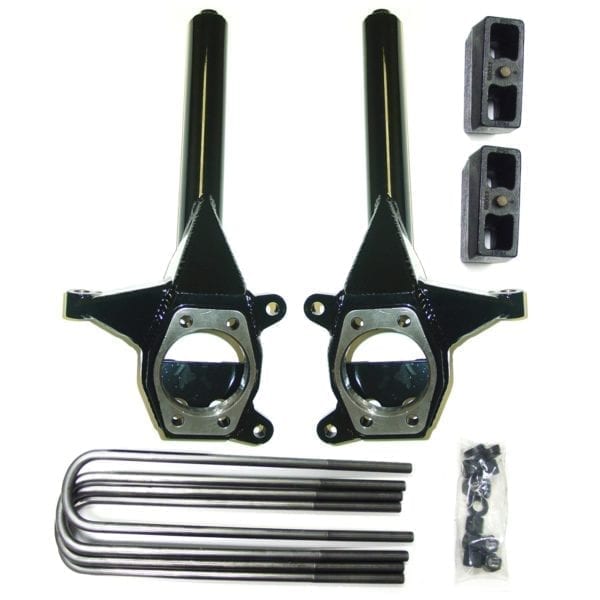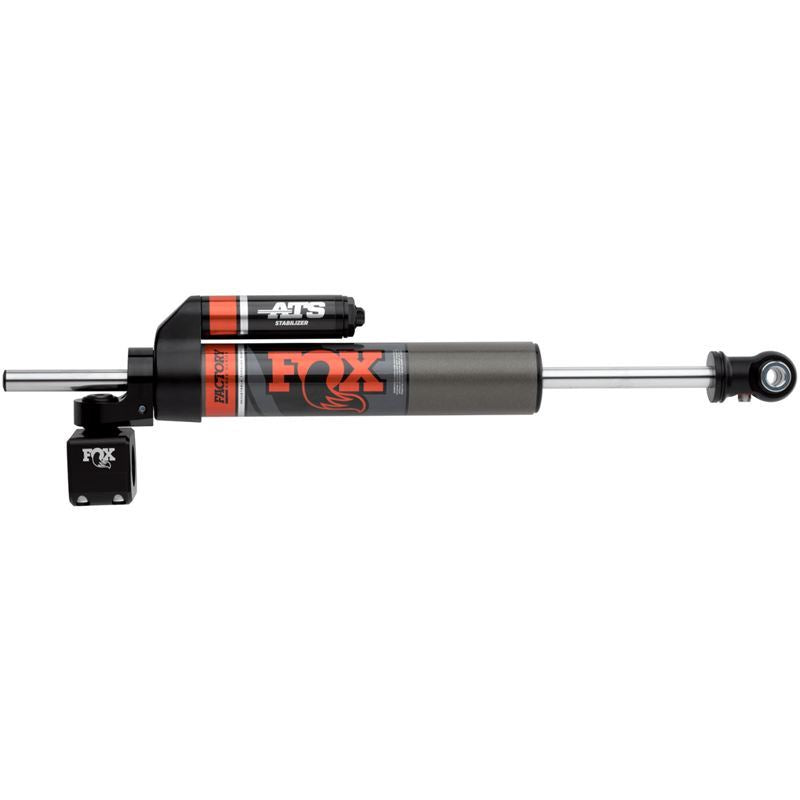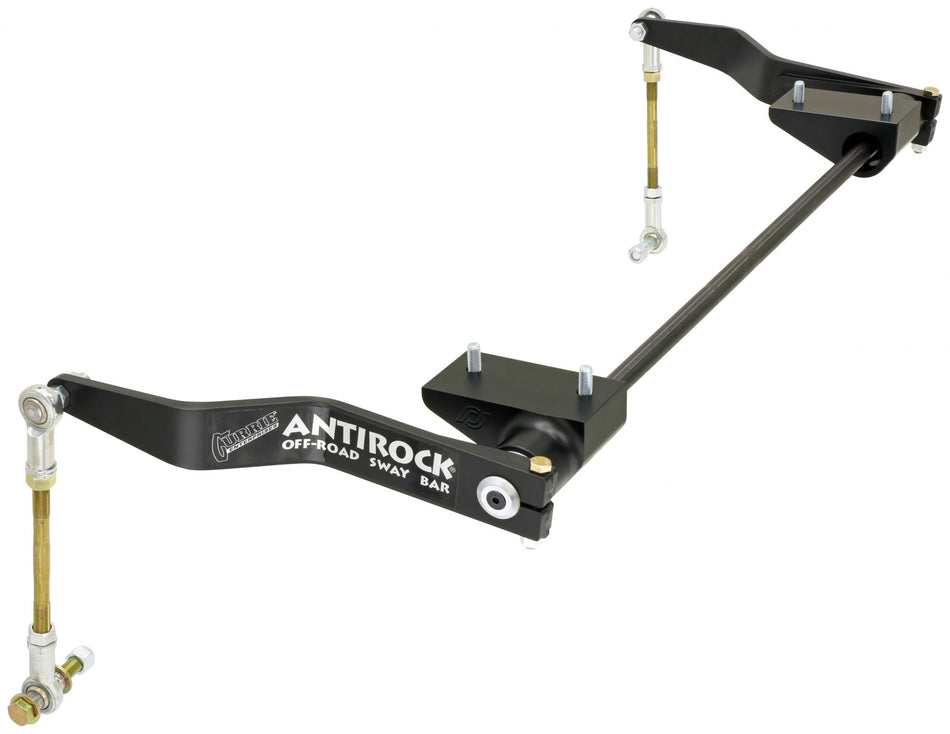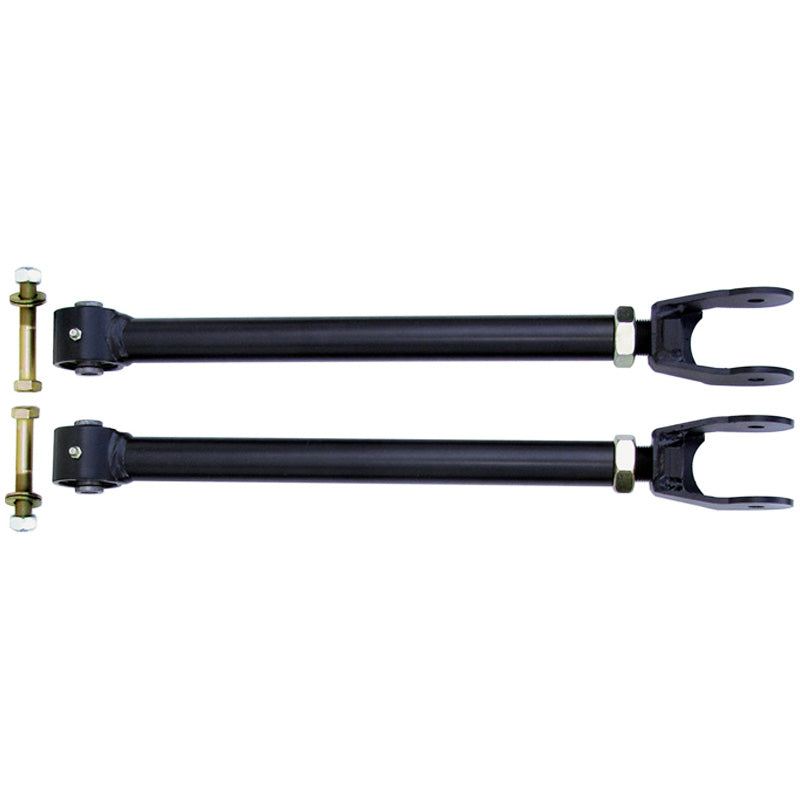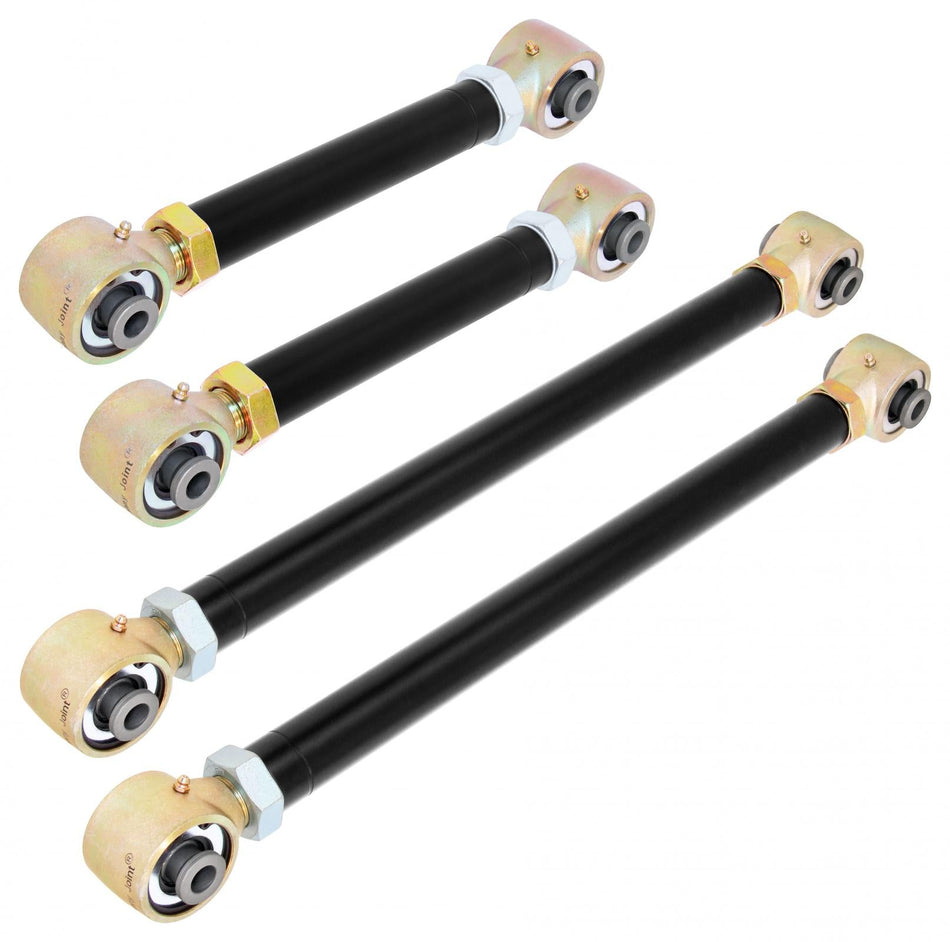About Suspension
Ultimate Guide to Automotive Aftermarket Performance Suspension Parts
When it comes to maximizing your vehicle’s handling, comfort, and performance, upgrading your suspension system with high-quality aftermarket performance suspension parts is a game-changer. Whether you’re a weekend track enthusiast or simply looking to improve your daily driver, investing in the right suspension components can elevate your driving experience.
Why Upgrade Your Suspension System?
Factory suspension systems are typically designed to offer a balance between cost, comfort, and general performance. While they work for the average driver, they often lack the precision and durability needed for high-performance driving. Aftermarket suspension parts can provide:
- Improved Handling: Better control during cornering and braking.
- Enhanced Stability: Reduced body roll and improved traction.
- Customizable Ride Height: Achieve the perfect stance or aerodynamic efficiency.
- Longevity: More durable components that can withstand extreme conditions.
Types of Performance Suspension Parts
1. Coilover Kits
Coilovers combine springs and dampers in one unit, offering height and damping adjustments. They are perfect for drivers looking to fine-tune their ride for track or street performance.
- Benefits: Customizable height and stiffness, enhanced handling.
- Popular Brands: KW Suspension, BC Racing, Tein.
2. Lowering Springs
Lowering springs reduce the ride height, lowering the vehicle’s center of gravity for better cornering and an aggressive look.
- Benefits: Cost-effective, easy installation.
- Popular Brands: Eibach, H&R, Vogtland.
3. Shock Absorbers and Struts
Upgrading to performance shocks and struts improves the vehicle’s ability to absorb impacts and maintain tire contact.
- Benefits: Increased stability and control.
- Popular Brands: Bilstein, Koni, Fox.
4. Sway Bars (Anti-Roll Bars)
Sway bars reduce body roll during cornering, enhancing stability and grip.
- Benefits: Improved balance and sharper handling.
- Popular Brands: Whiteline, Hotchkis, Eibach.
5. Bushings and Mounts
Upgraded polyurethane or solid bushings replace worn-out factory rubber, reducing flex and improving response.
- Benefits: Better road feedback, reduced vibration.
- Popular Brands: Energy Suspension, SuperPro, Whiteline.
How to Choose the Right Suspension Parts
- Know Your Goals: Are you aiming for track performance, off-road capability, or a smoother daily ride?
- Vehicle Compatibility: Ensure the parts fit your specific make and model.
- Quality vs. Budget: While premium brands cost more, they often deliver superior performance and durability.
- Professional Installation: For complex setups like coilovers, professional installation ensures optimal performance.
Benefits of Aftermarket Suspension Upgrades
- Enhanced Cornering Ability: Minimize understeer or oversteer.
- Better Aesthetic Appeal: Achieve a lowered stance or aggressive look.
- Increased Tire Longevity: Improved alignment and reduced uneven wear.
- Optimized Performance: Tailor your suspension to match driving conditions and personal preferences.
Conclusion
Investing in aftermarket performance suspension parts is one of the best ways to transform your vehicle’s dynamics. From coilovers to sway bars, each component plays a crucial role in delivering superior handling, stability, and comfort. Choose trusted brands, prioritize quality, and enjoy the thrill of driving like never before.

